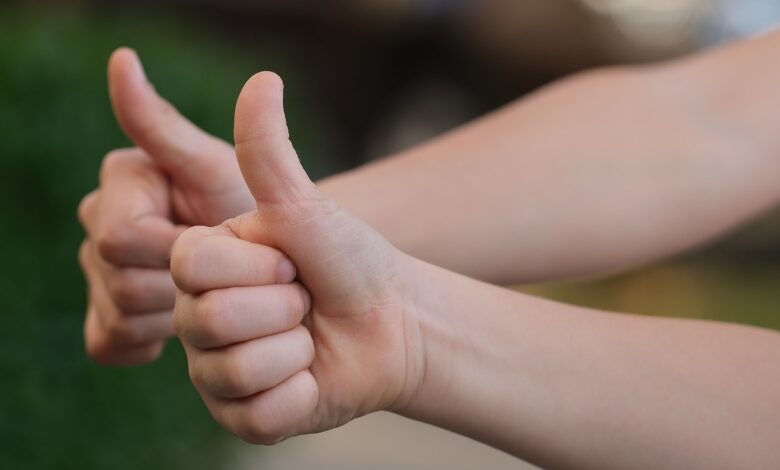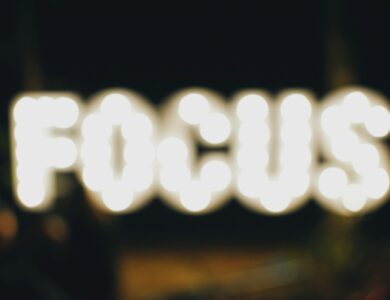Master the Art of Body Language: Decode Hidden Signals Like a Pro!
The Art of Encoding: Expressing Yourself Without Words

Introduction
Body language is often referred to as the unspoken element of communication, but its impact is far from silent. Understanding how to encode (express) and decode (interpret) body language can enhance our interactions in personal, social, and professional settings. Whether it’s the subtle lift of an eyebrow or the firm crossing of arms, body language provides valuable insights into thoughts and feelings that words may not convey. This article delves into the intricacies of encoding and decoding body language, explores current trends in non-verbal communication studies, and provides practical tips to improve your awareness of the signals you send and receive.
Current Trends, Challenges, and Opportunities
In today’s globalized world, effective communication goes beyond spoken language. The rise of remote work and virtual interactions has shifted the focus to decoding micro-expressions and subtle body cues through screens. This shift has made understanding body language even more crucial, but it also presents challenges as some physical signals are harder to interpret without in-person presence. However, for those who master the art of body language, opportunities abound in fields like leadership, negotiation, and personal relationships. This section examines the latest trends in non-verbal communication research and highlights how being attuned to body language can give you an edge.
The Fundamentals of Body Language: Encoding and Decoding
- What Is Body Language? An Overview
- Description: Body language encompasses the physical expressions, movements, and gestures that communicate thoughts, emotions, and intentions. It includes facial expressions, eye contact, posture, and gestures that convey meaning, often without us even realizing it.
- Example: A person nodding while listening is encoding agreement and understanding, while someone observing this nod decodes it as a positive response.
- Key Insight: Understanding body language helps bridge the gap between verbal communication and true emotional intent, making it a valuable skill for anyone aiming to connect more deeply with others.
- The Art of Encoding: Expressing Yourself Without Words
- Encoding Defined: Encoding in body language refers to how we intentionally or unintentionally express our emotions through physical movements. This can be as conscious as a smile or as subconscious as a defensive posture.
- Examples of Encoding:
- Openness: Uncrossed arms, relaxed posture, and maintaining eye contact can signal openness and approachability.
- Defensiveness: Crossed arms, averted gaze, and turned-away body can suggest discomfort or resistance.
- Key Insight: Being aware of how we encode our feelings can help us adjust our body language to convey the right message, whether in a job interview, a negotiation, or a friendly conversation.
- Mastering Decoding: How to Read Others’ Body Language
- Decoding Defined: Decoding involves interpreting the non-verbal signals others send through their body language. It’s about reading between the lines to understand underlying emotions and intentions.
- Examples of Decoding:
- Positive Cues: Leaning in, nodding, and a genuine smile are often signs of interest and agreement.
- Negative Cues: A tight-lipped smile, minimal eye contact, and fidgeting can indicate discomfort or disengagement.
- Key Insight: Decoding body language allows us to respond more empathetically, adjust our approach, and build better rapport, whether in a leadership role or in personal relationships.
- Practical Tips for Improving Your Body Language Skills
- Be Conscious of Your Own Signals: Regularly check in with your body language during conversations. Are you projecting confidence or uncertainty? Adjust your posture, eye contact, and gestures accordingly.
- Learn to Recognize Universal Signals: Some body language cues are universally understood, such as smiling for friendliness or frowning for displeasure. Start with these basics before delving into more nuanced interpretations.
- Context Matters: Always consider the context in which body language is displayed. A crossed arm may mean defensiveness in one scenario but simply indicate that someone is cold in another.
- Practice Active Observation: Make a habit of observing people’s body language during interactions. Try to interpret what their gestures might be conveying and compare it with their spoken words to improve your decoding skills.
Challenges in Understanding Body Language
One of the significant challenges in decoding body language is that gestures can vary across cultures and individuals. What might be a positive gesture in one culture could have a different meaning elsewhere. Additionally, interpreting body language through screens in virtual settings can be difficult, as physical cues are less visible. However, understanding these nuances and refining your observational skills can help you become more adept at interpreting non-verbal signals accurately.
Opportunities for Enhanced Communication
Despite the challenges, mastering body language offers numerous advantages. For leaders, it can mean better team engagement and understanding unspoken concerns. In social situations, it can help in building rapport and connecting with others on a deeper level. Knowing how to adjust your body language to align with your verbal communication can create a more compelling and authentic presence.
Conclusion
Encoding and decoding body language is an invaluable skill that can transform how we communicate. By learning to recognize and interpret the subtle signals we and others send, we can become more effective communicators, build stronger relationships, and navigate social dynamics with greater ease. The art of body language lies in its ability to convey what words cannot, making it an essential aspect of human interaction. Embrace the power of non-verbal communication and see how it enriches your connections with others.
Call to Action: Are you ready to master the art of body language? Start observing how you and those around you communicate beyond words, and unlock a new level of understanding in your interactions.




